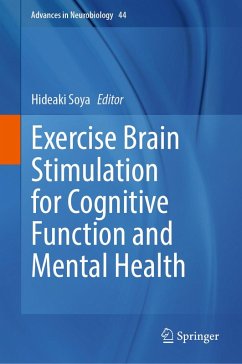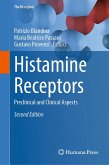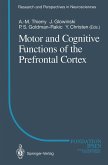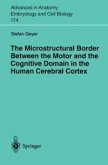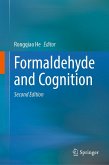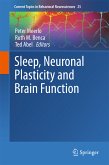The chapters delve into key concepts such as the role of myokines and hepatokines in mediating exercise's effects on the brain, the neuroprotective potential of physical activity, and its application as a therapeutic intervention for neuropsychiatric conditions like Alzheimer's disease and depression. By bridging basic and applied knowledge, this book provides a cohesive framework for understanding how exercise influences brain structure, function, and neurochemical pathways. It also introduces novel methodologies and modulatory factors that may enhance or contextualize these effects, offering a critical synthesis of a rapidly evolving field.
This volume is an invaluable resource for researchers, clinicians, educators, and students in neuroscience, physiology, and psychiatry. It serves as both a reference and a catalyst for further research and practical applications, encouraging a shift in how we conceptualize exercise: not merely as a component of good health, but as a dynamic modulator of brain function. By providing a detailed understanding of the mechanisms underlying exercise's effects on the brain, this book invites readers to explore the potential of physical activity as a non-pharmacological tool for supporting cognitive and emotional well-being.
Dieser Download kann aus rechtlichen Gründen nur mit Rechnungsadresse in A, B, BG, CY, CZ, D, DK, EW, E, FIN, F, GR, HR, H, IRL, I, LT, L, LR, M, NL, PL, P, R, S, SLO, SK ausgeliefert werden.

